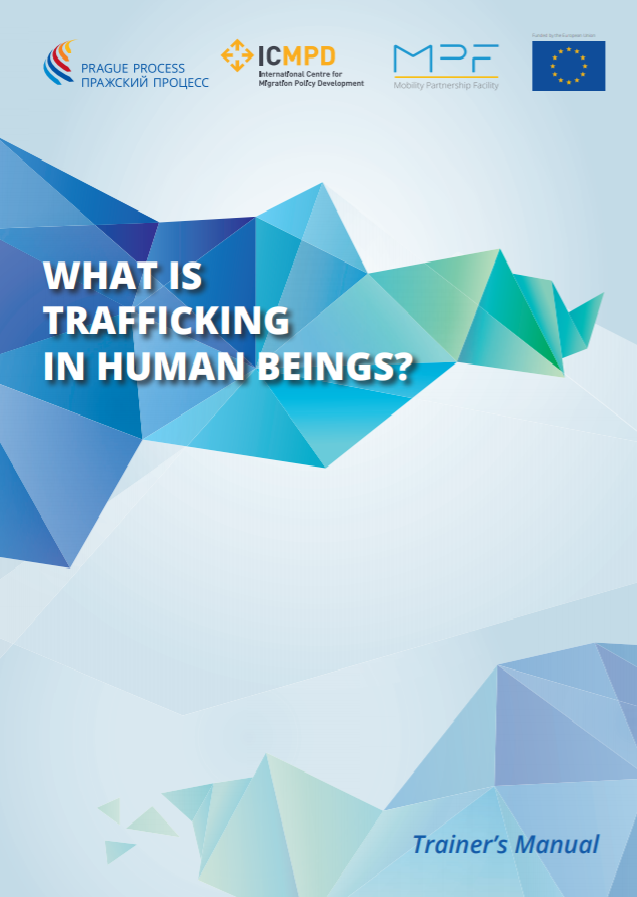Tip of the Iceberg? Improving the Interpretation and Presentation of Trafficking Data

Current anti-trafficking debates are driven by emotionally expressed concerns and answered with rational argumentations about policy impacts in an environment of limited data availability and quality. Claims of a huge and increasing size of the phenomenon often remain undisputed in such debates. This is exemplified with a scene from the German election campaign. In such a situation, data presentation policies are of high importance. Two policies can be observed: a disclaimer policy, focusing on the deficiencies of the data, and an exaggeration policy, overstating trafficking data.
The presentation of Eurostat trafficking data exemplifies this observation. While the report presents detailed data and includes a disclaimer indicating data limitations, the press release creates an impression of urgency. It refers to the omnipresence of trafficking, alarming trends and a predominance of women and children among the victims. These notions cannot be supported by the presented data. The combination of a disclaimer and exaggeration presentation policy is problematic, as it may encourage calls for simplistic policies that leave many victims of extreme exploitation and trafficking without support.
This policy brief recommends a data presentation policy that makes the best possible statements on the basis of available data and qualitative knowledge, using comparative observations within data sets and beyond. Such a data presentation strategy increases the chances that policymakers learn from the past and implement policies for the benefit of victims of extreme forms of exploitation
Country
Worldwide
Region
Worldwide
Year
2014
Category







